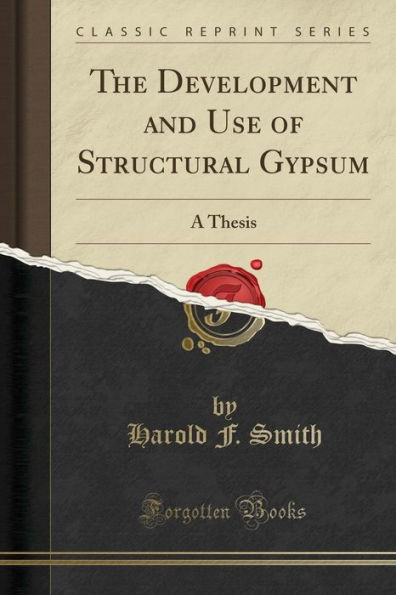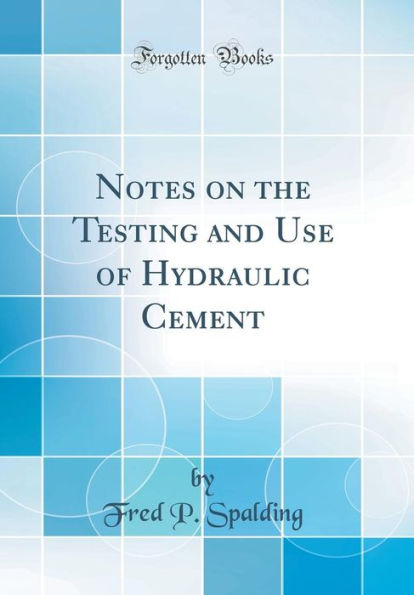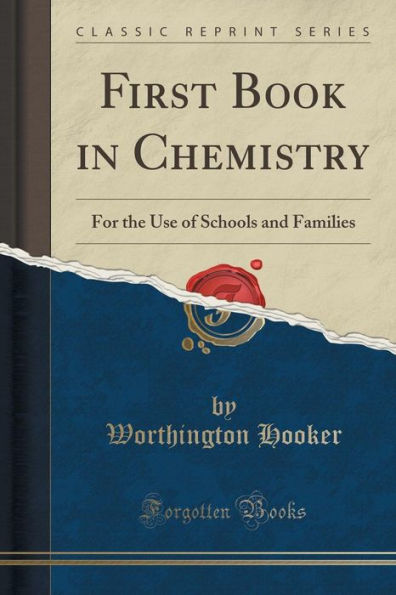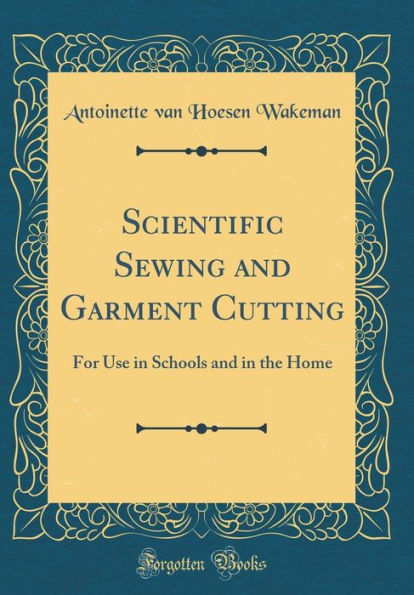Home
The Development and Use of Structural Gypsum: A Thesis (Classic Reprint)
Barnes and Noble
The Development and Use of Structural Gypsum: A Thesis (Classic Reprint)
Current price: $9.57


Barnes and Noble
The Development and Use of Structural Gypsum: A Thesis (Classic Reprint)
Current price: $9.57
Size: OS
Loading Inventory...
*Product information may vary - to confirm product availability, pricing, shipping and return information please contact Barnes and Noble
Excerpt from The Development and Use of Structural Gypsum: A Thesis
The Gypsum industry first appeared in the United States in the State of New York at the time when the population was mostly restricted to the Atlantic seaboard. As the population moved westward, Gypsum deposits were soon found and developed in Michigan, Iowa, Kansas, California and other States. So the use of Gypsum has developed in its crude and calcined forms up to the present day.
While structural Gypsum has been used in this country for but a few years (three to six), it has been used extensively in Europe for centuries. The European system is based on the use of dead burnt Gypsum, that is calcined to a point of 650°f. Or more, while the American method makes use of Gypsum calcinedat a temperature of about 400 F. Although the highly calcined or dead burnt materials give the greatest strength, the careful preparation and watching which the material requires in addition to the very slow setting property (two to four weeks), makes its use not adaptable to American methods of quick results and efficiency.
About the Publisher
Forgotten Books publishes hundreds of thousands of rare and classic books. Find more at www.forgottenbooks.com
This book is a reproduction of an important historical work. Forgotten Books uses state-of-the-art technology to digitally reconstruct the work, preserving the original format whilst repairing imperfections present in the aged copy. In rare cases, an imperfection in the original, such as a blemish or missing page, may be replicated in our edition. We do, however, repair the vast majority of imperfections successfully; any imperfections that remain are intentionally left to preserve the state of such historical works.
The Gypsum industry first appeared in the United States in the State of New York at the time when the population was mostly restricted to the Atlantic seaboard. As the population moved westward, Gypsum deposits were soon found and developed in Michigan, Iowa, Kansas, California and other States. So the use of Gypsum has developed in its crude and calcined forms up to the present day.
While structural Gypsum has been used in this country for but a few years (three to six), it has been used extensively in Europe for centuries. The European system is based on the use of dead burnt Gypsum, that is calcined to a point of 650°f. Or more, while the American method makes use of Gypsum calcinedat a temperature of about 400 F. Although the highly calcined or dead burnt materials give the greatest strength, the careful preparation and watching which the material requires in addition to the very slow setting property (two to four weeks), makes its use not adaptable to American methods of quick results and efficiency.
About the Publisher
Forgotten Books publishes hundreds of thousands of rare and classic books. Find more at www.forgottenbooks.com
This book is a reproduction of an important historical work. Forgotten Books uses state-of-the-art technology to digitally reconstruct the work, preserving the original format whilst repairing imperfections present in the aged copy. In rare cases, an imperfection in the original, such as a blemish or missing page, may be replicated in our edition. We do, however, repair the vast majority of imperfections successfully; any imperfections that remain are intentionally left to preserve the state of such historical works.

















